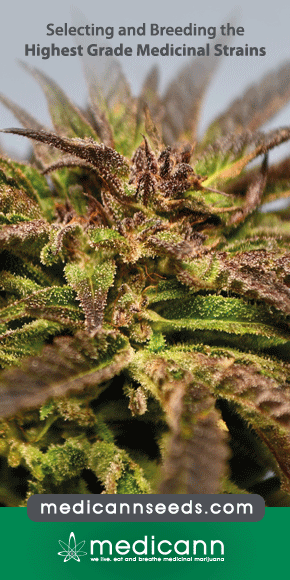How effective and safe is medical cannabis as a treatment of mental disorders? A systematic review
We conducted a review of systematic reviews (SRs) and randomized-controlled trials (RCTs) to analyze efficacy and safety of cannabis-based medication in patients with mental disorders. Five data bases were systematically searched (2006-August 2018); 4 SRs (of 11 RCTs) and 14 RCTs (1629 participants) were included. THC- and CBD-based medicines, given as adjunct to pharmaco- and psychotherapy, were associated with improvements of several symptoms of mental disorders, but not with remission.


